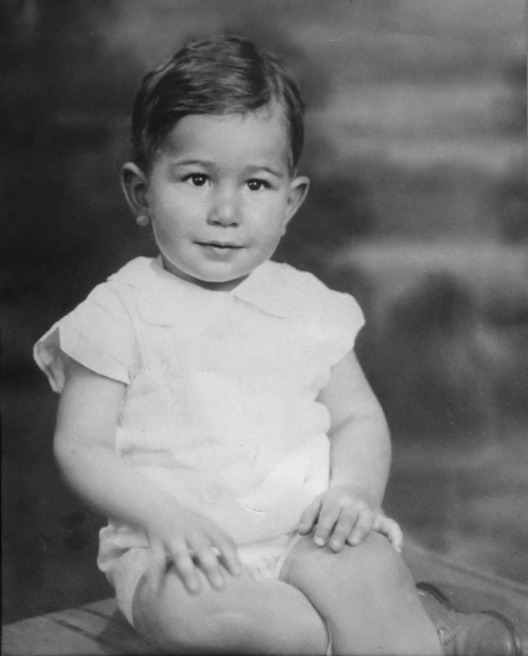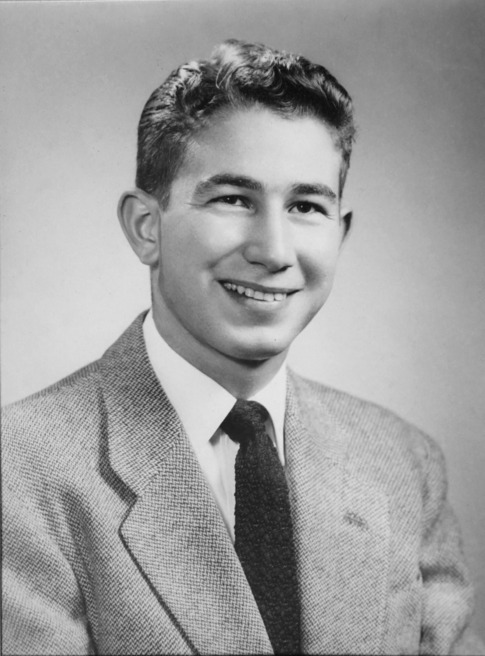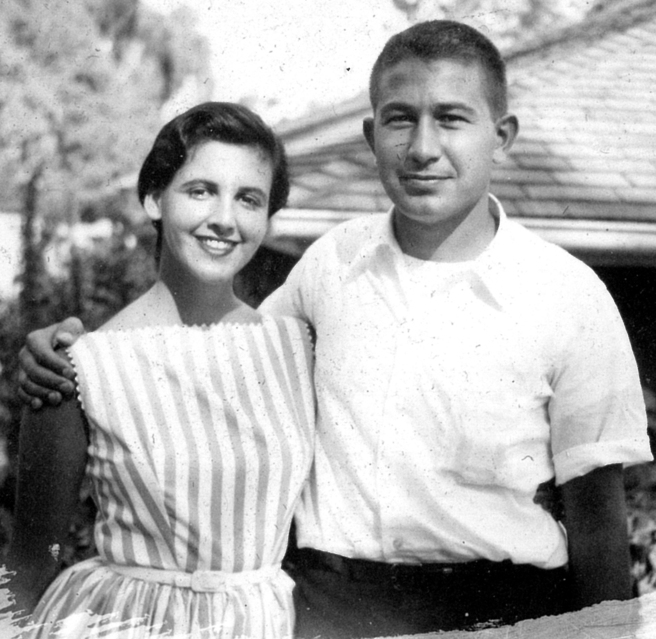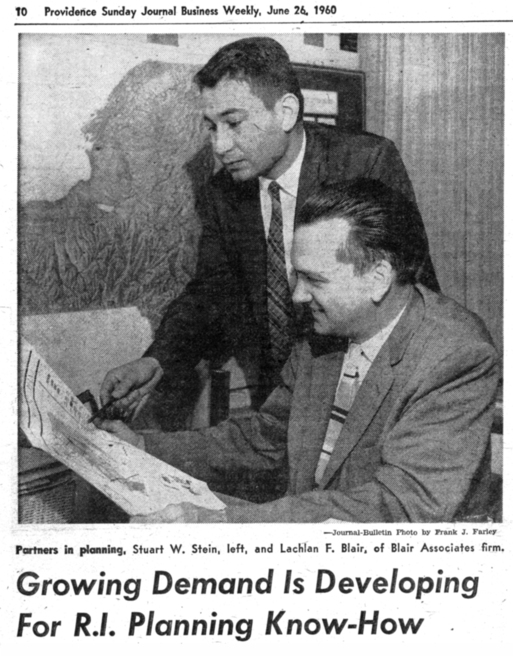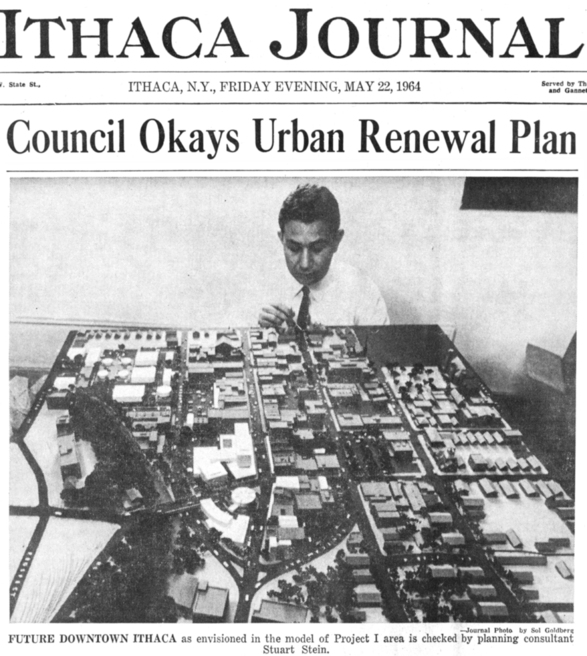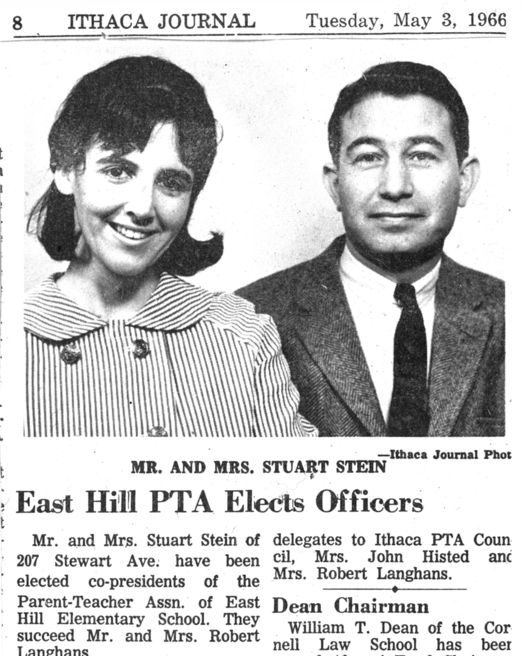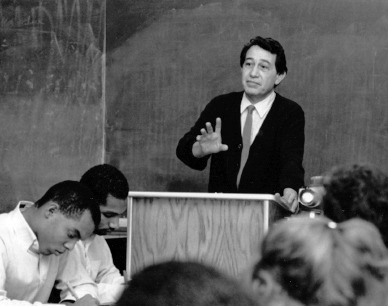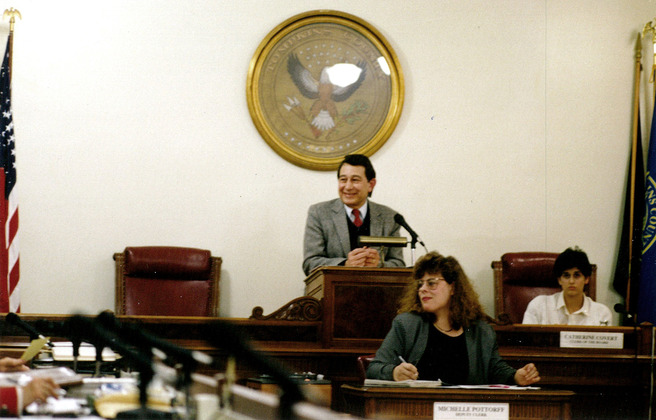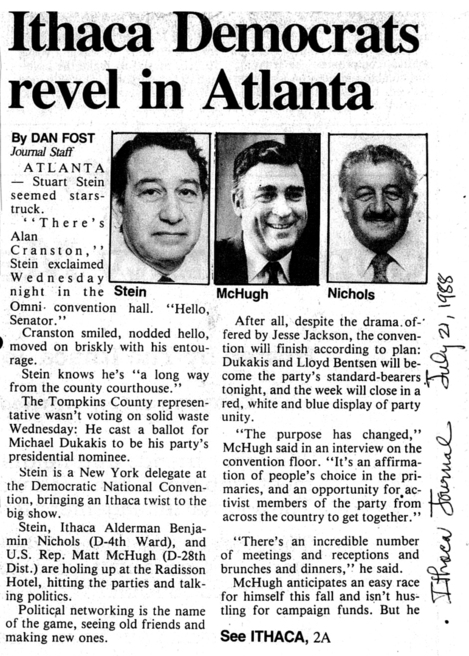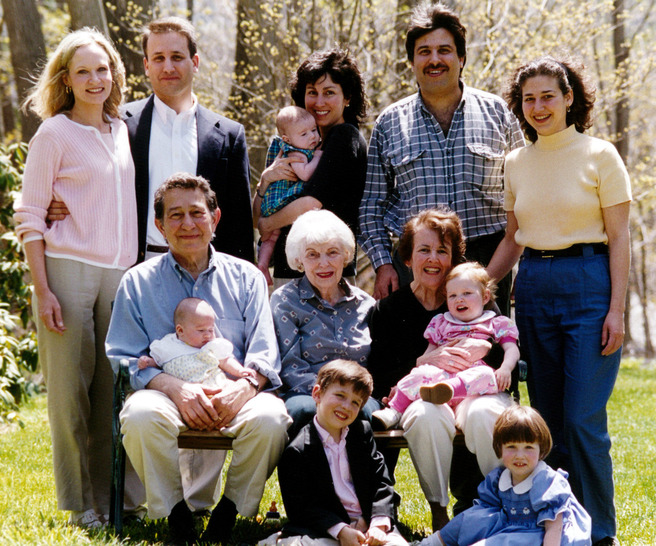When Stu retired from Cornell in 1993, he welcomed the opportunity to become more involved in local government. He had the rare honor of being unanimously voted in as Chairman of the county legislature by his fellow board members – Republicans and Democrats alike – and he would serve in that capacity between 1993 and 1996. These were some of his happiest and most impactful years of public service. His leadership ushered in a productive era of bipartisan cooperation. He fostered consensus, according to his colleagues, "by understanding seemingly incompatible positions and forging from them a creative synthesis differing parties could accept.”
One of the highlights of his accomplishments on the board was introducing the hotel room tax which helped invigorate the arts and tourism in Tompkins County. The Ithaca/Tompkins County Convention & Visitors Bureau describes Stu as being "instrumental in subsequent 'Home Rule' legislation that ensured the new tax revenue would benefit residents and visitors alike by supporting a vibrant infrastructure of festival events, arts organizations and museums while marketing the area to travelers.” Stu also helped establish and chaired the Strategic Tourism Planning Board (STPB), whose purpose was to stimulate economic development by guiding the use of room tax funds. STPB board member and local innkeeper Scott Wiggins describes Stu as "an amazing visionary and team leader for what is today a robust and extensive tourism program in Tompkins County.” He recalls, "When Stu first proposed adding an additional 2% to the room tax to support product development, my constituency – the innkeepers – were strongly opposed. Increases in taxes always depressed prices, and this was going to be the beginning of a slippery slope. But Stu’s ideas and enthusiasm and perseverance quickly transformed my thinking – and many others – to the benefits of a more robust tourism product. And what an amazingly rich and comprehensive room tax program we have today. Business is healthy for tourism businesses of all types, and the range of tourism grant programs that benefit our community are inspiring – beautification grants, capital grants, stabilization grants, development grants, new tourism initiative grants, marketing grants, festival grants, workforce development grants – have all grown from Stu’s ideas of what a tourism program could be."
No matter how passionately Stu felt about many issues, he excelled at remaining calm and even-tempered at all times. On rare occasion he became publicly emotional about an issue, which he would immediately regret, and according to Sandy, “never would allow it to happen again for another 10 years.” However, there is one situation where he never regretted expressing his emotions, and that was his impassioned plea to his colleagues to combat inequality by amending Tompkins County's Fair Practices Act so it would prohibit discrimination based on sexual orientation. At the time, during the early ‘90s, this was a controversial position. But Stu’s powerful statement of support, along with the credibility he had earned with his colleagues, helped the measure pass by only one vote. This is just one in many ways Stu was ahead of his time, and the local LGBT community honored him for his critical role in in achieving an important milestone.
Stu looked for opportunities to set his community apart from others. One of his pet projects toward the end of his legislative career was creating a Poet Laureate position for Tompkins County. While the US had a Poet Laureate and many states did as well, having a Poet Laureate for a county was rare if not unheard of at the time the position was created here.
Barbara Mink, Stu’s successor as the Chairman of the county legislator, considered him a mentor. “I always thought of the county board as my urban family with all that that entails,” she said, "and Stuart was certainly the father figure. I think he played that role because he made everybody better by working with him.” She added, “He was a spirited but gentle man, a consensus builder, who was not afraid of big ideas or the work it took to make them real. His focus on economic development that included support for the arts in addition to bringing in new businesses and jobs helped make Tompkins County a leader in central New York. I remember our 12 years together on the county board as filled with energy, vision and humor.”
Looking back at the end of a long political career, Stu observed that local government had become more transparent and open, and that public participation in the process had steadily grown, resulting in a more informed and engaged citizenry. This gave him a sense of optimism, as he deeply believed in a government “of the people, by the people and for the people,” and held that "there really is a place in society for government, in partnership with the private sector, to help people.”


